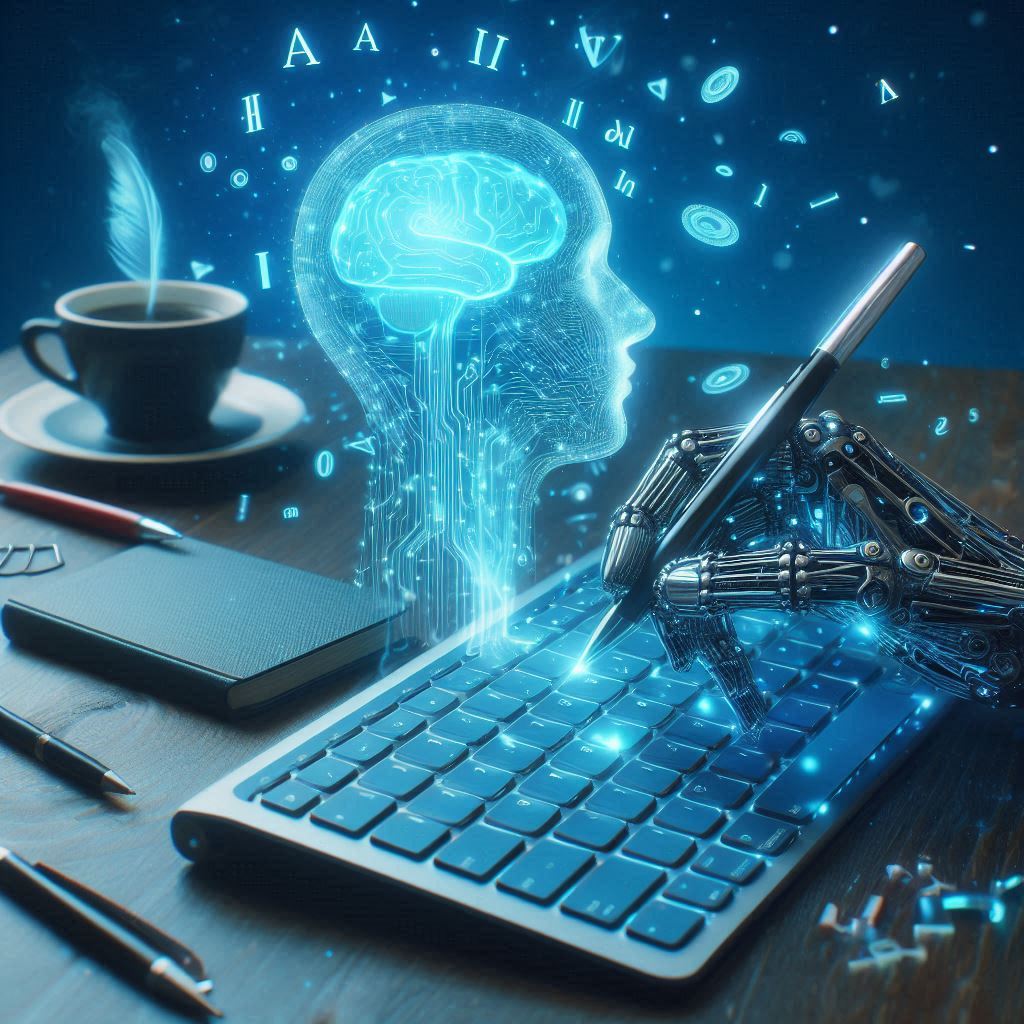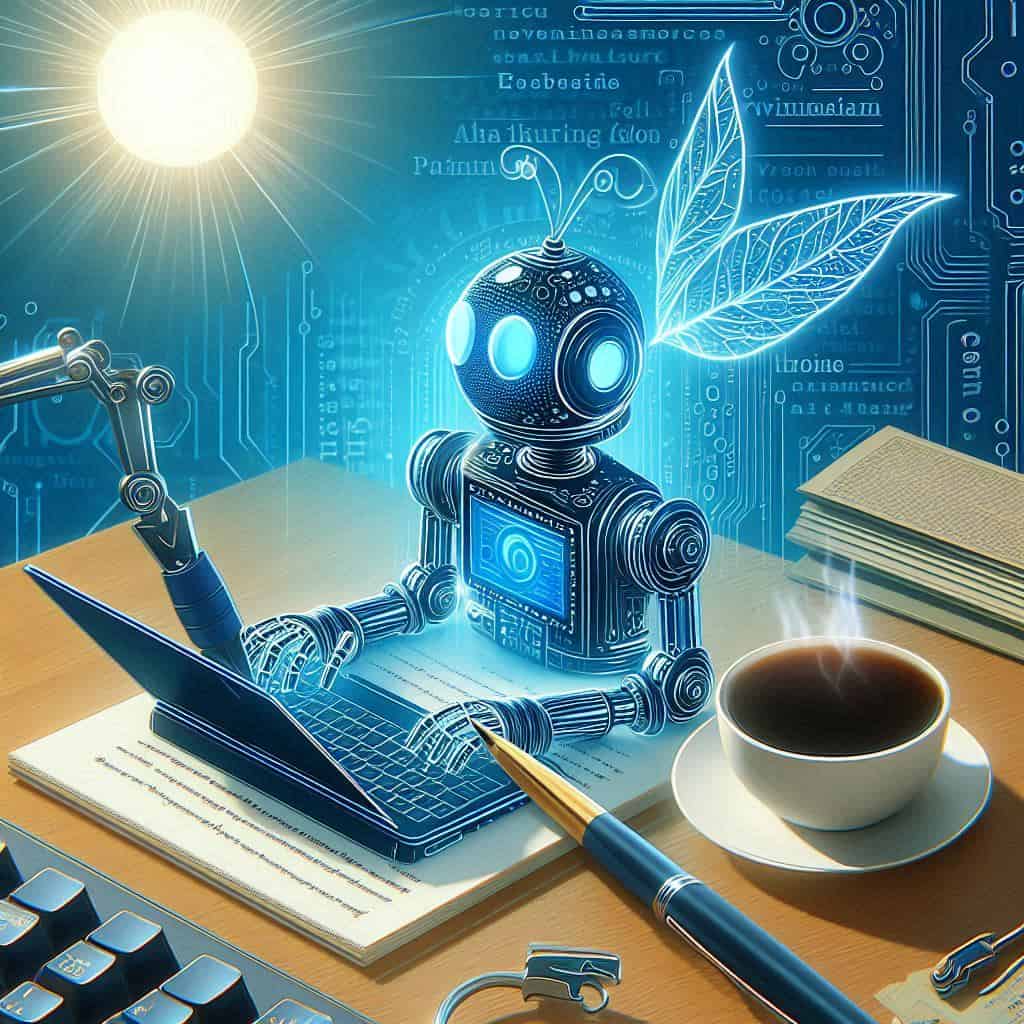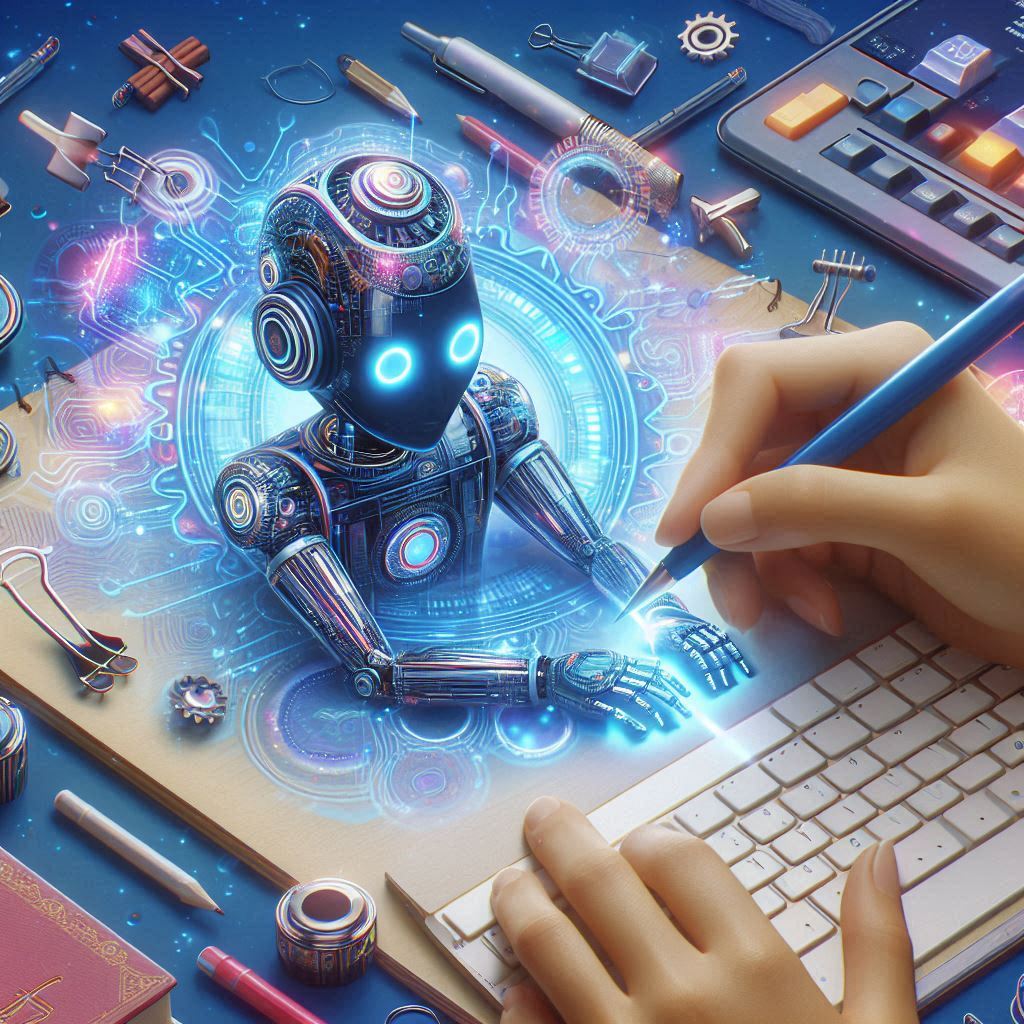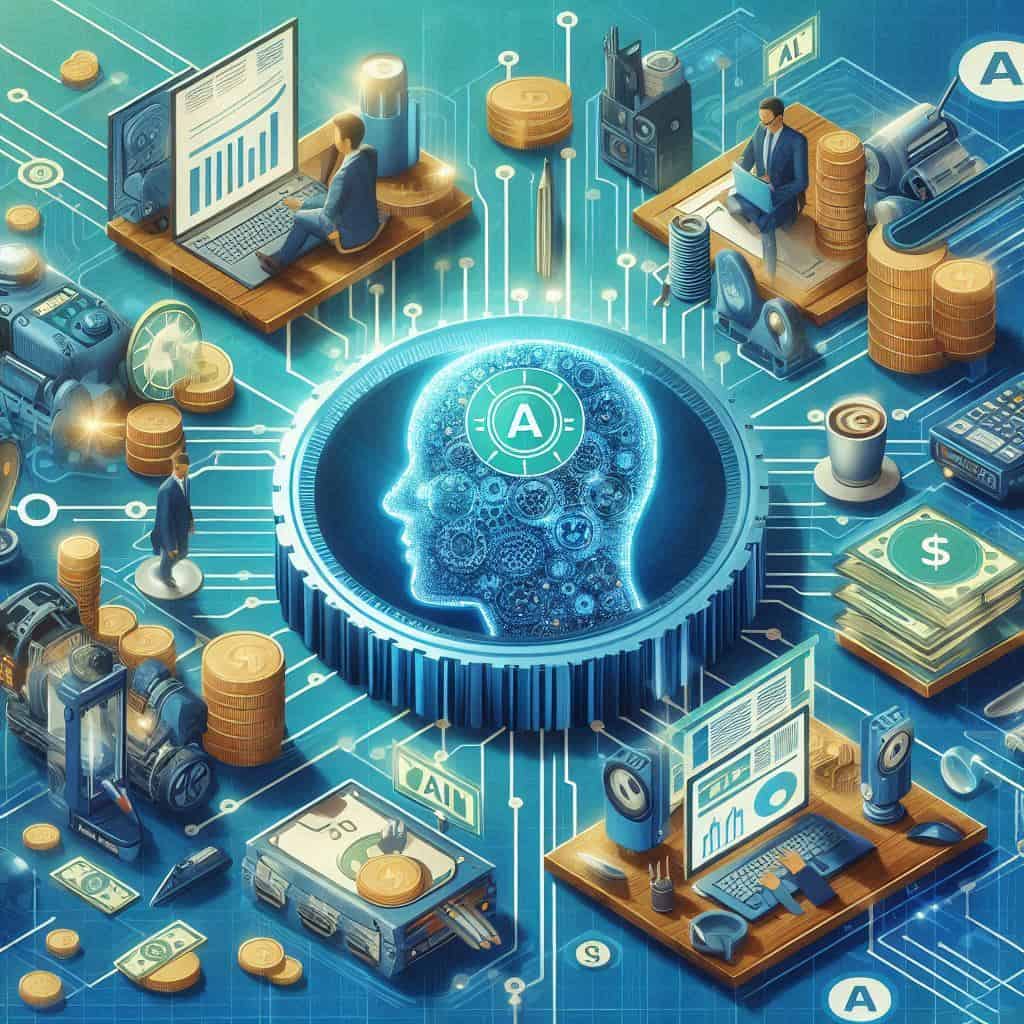
Human-AI Collaboration: Igniting Creativity in the Age of AI
- Creative Process

Introduction to AI and Human Creativity
I want to combine AI and human creativity but I’m not sure how. AI can augment human creativity in a number of ways, but it’s important to use it as a tool to enhance the work you’re already doing rather than a replacement for your skills and expertise. If you want to learn about how AI can help enhance your creativity in writing, design, or art, keep reading to see in-depth examples and case studies!
Human-AI Collaboration: Igniting Creativity in the Age of AI
The world is witnessing a rapid surge in artificial intelligence (AI), and its influence is extending to the realm of creative fields. This integration, however, isn’t about machines taking over; it’s about human-AI collaboration, where AI tools empower and enhance human creativity, not replace it. Generative AI, a subset of AI designed to create new content, is at the forefront of this revolution, promising to reshape creative practices across various industries.
The Dawn of a New Era in Creativity
This collaboration marks the dawn of a new era where the ingenuity of the human mind and the computational power of AI combine to unlock unprecedented creative possibilities.
Understanding AI in the Creative Landscape
To grasp the current state of AI in creativity, it’s essential to understand the historical journey of writing tools. From primitive implements like reed pens and parchment to digital word processors and online platforms, the evolution of tools has continuously shaped how humans express themselves.
The Evolution of Writing Tools
The digital revolution marked a significant leap, introducing computers and word processing software, drastically changing how we write, edit, and share content. Today, AI-driven tools like Grammarly and OpenAI’s GPT models are not merely correcting grammar but suggesting entire paragraphs, making writing more accessible and efficient than ever before.
Key Concepts: Natural Language Processing and Machine Learning
Central to AI’s role in creativity are key concepts like Natural Language Processing (NLP) and Machine Learning. NLP focuses on enabling computers to understand and process human language, while Machine Learning involves algorithms that learn from data, improving their performance over time.
AI’s Transformative Impact on Creative Workflows
AI’s transformative impact on creative workflows is already evident. AI-powered writing assistance tools provide grammar and spelling corrections, style and tone analysis, and word suggestions, helping writers produce polished content more efficiently.
Applications of AI in Various Creative Fields
In music production, AI tools can analyze musical patterns and suggest melodies, harmonies, and rhythms. Visual artists leverage AI to generate images and create interactive installations that blend human emotion with machine learning.
Success Stories of Human-AI Collaboration
The success stories of human-AI collaboration in creativity are numerous and inspiring. The Washington Post uses an AI tool called Heliograf to automate news story creation, increasing story quantity and reader engagement. HubSpot leverages AI for its Blog Ideas Generator, employing NLP to suggest relevant topics.
Innovative Projects Showcasing AI in Creative Writing
In the literary world, the “Aum Golly” series of poetry books and Ross Goodwin’s AI-assisted version of “On the Road” demonstrate the potential of AI in creative writing. The CoAuthor Project at Stanford University investigates how humans and AI can collaboratively write using large language models like GPT-3.
The Synergy of Human and AI Capabilities
The true power of human-AI collaboration lies in the synergistic relationship between human and AI capabilities. Each brings unique strengths to the table, creating a powerful partnership for creative endeavors.
Unique Strengths of Humans and AI
Humans excel in creativity, intuition, empathy, emotional intelligence, critical thinking, ethical judgment, contextual understanding, and complex problem-solving. AI offers unparalleled data processing capabilities, pattern recognition, automation, and efficiency.
Tools and Platforms for Collaborative Creativity
A diverse range of AI tools and platforms are emerging to facilitate human-AI collaborative creativity. In the writing domain, platforms like OpenAI’s GPT-3 allow users to create various content, from creative stories to code.
Popular AI Writing Tools
- Jasper: Specializes in marketing and content creation.
- Writesonic: Effective for short-form content.
- INK: Combines content optimization with AI writing.
- Zoho Writer: An AI-powered word processor focused on business writing.
Ethical Considerations in Human-AI Creative Collaboration
As AI becomes increasingly integrated into creative processes, it’s imperative to address the ethical challenges it presents. Bias in AI algorithms is a significant concern, as AI systems learn from the data they are trained on.
Addressing Bias and Intellectual Property Issues
Intellectual property rights and plagiarism are also key ethical considerations. Clear guidelines are needed to address these complexities and ensure fair attribution, protecting the rights of both human creators and AI developers.
The Future of Human-AI Collaboration in Creativity
The future of human-AI collaboration in creativity is brimming with potential. AI technology is continuously evolving, opening up exciting new possibilities for how humans and machines will co-create.
Advancements in Natural Language Understanding
As AI systems become more adept at understanding the nuances of human language, they can generate more sophisticated and emotionally resonant creative outputs.
Conclusion
Human-AI collaboration in creativity is more than just a technological advancement; it’s a fundamental shift in how humans create. By embracing the synergy between human ingenuity and AI capabilities, we can unlock unprecedented creative potential.
Human-AI Collaboration in Writing: An FAQ
- What is the main idea behind combining human creativity and AI in writing?
- How does AI augment human creativity in writing?
- What are some examples of successful AI integration in writing?
- What are the key steps involved in integrating AI writing tools?
- What are some popular AI writing platforms available today?
- What are the essential elements for successful human-AI collaboration in writing?
- How can AI contribute to the ideation process for writers?
- What is the future of human-AI collaboration in writing?
Share:


